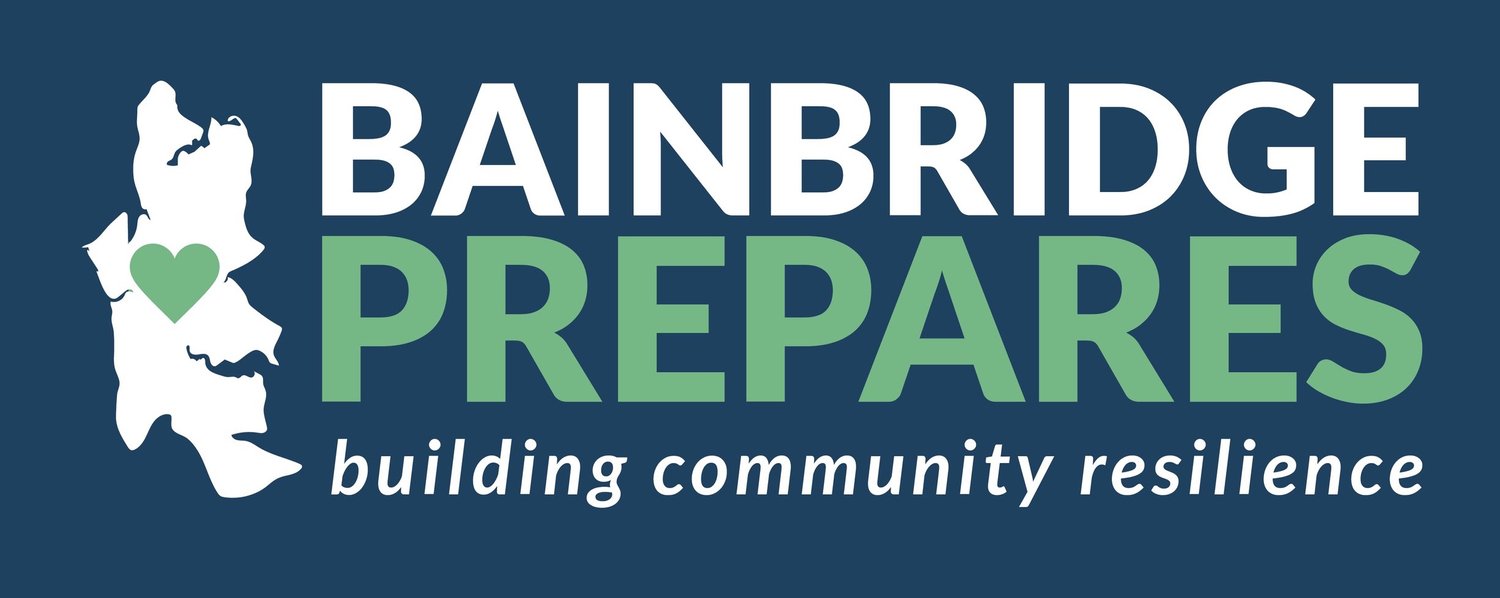New Boater's Guide for Tsunamis
 The Washington Emergency Management Division has released a PDF titled Tsunamis! What Washington's Boaters Need to Know. The comprehensive PDF (1) defines a tsunami and the accompanying hazards for boaters, (2) reviews preparedness steps, (3) lists tsunami warning signs, and (4) gives specific steps to take immediately following an earthquake or a tsunami warning or advisory.Depending on how far offshore they are, boaters may not be able to rely on the same indicators of an earthquake as people on land will, such as tsunami sirens, media alerts, or tremors. Instead, boaters might feel shaking through the boat's hull or they might only notice a rapid or extreme change in currents and wave heights. In addition, the U.S. Coast Guard will broadcast tsunami warnings and advisories on VHF channels 13, 14, and 16.Note that a warning means a tsunami is imminent and that wave heights could exceed 3 feet accompanied by strong, dangerous currents and inundation of dry land. An advisory means to expect wave heights of 1 to 3 feet accompanied by strong and dangerous currents in harbors, channels, and local waterways.At the first sign of danger, boaters who are close to shore are advised to get back on land immediately and swiftly evacuate to higher ground. But boaters at sea should instead take the following actions:
The Washington Emergency Management Division has released a PDF titled Tsunamis! What Washington's Boaters Need to Know. The comprehensive PDF (1) defines a tsunami and the accompanying hazards for boaters, (2) reviews preparedness steps, (3) lists tsunami warning signs, and (4) gives specific steps to take immediately following an earthquake or a tsunami warning or advisory.Depending on how far offshore they are, boaters may not be able to rely on the same indicators of an earthquake as people on land will, such as tsunami sirens, media alerts, or tremors. Instead, boaters might feel shaking through the boat's hull or they might only notice a rapid or extreme change in currents and wave heights. In addition, the U.S. Coast Guard will broadcast tsunami warnings and advisories on VHF channels 13, 14, and 16.Note that a warning means a tsunami is imminent and that wave heights could exceed 3 feet accompanied by strong, dangerous currents and inundation of dry land. An advisory means to expect wave heights of 1 to 3 feet accompanied by strong and dangerous currents in harbors, channels, and local waterways.At the first sign of danger, boaters who are close to shore are advised to get back on land immediately and swiftly evacuate to higher ground. But boaters at sea should instead take the following actions:
- Staying perpendicular to the shore, head out to the deepest water possible.
- Head directly into the waves. Note that wind waves will be amplified by tsunami currents.
- Keep away from other vessels.
To find out more about how to prepare for and respond to tsunamis, access the PDF here.
